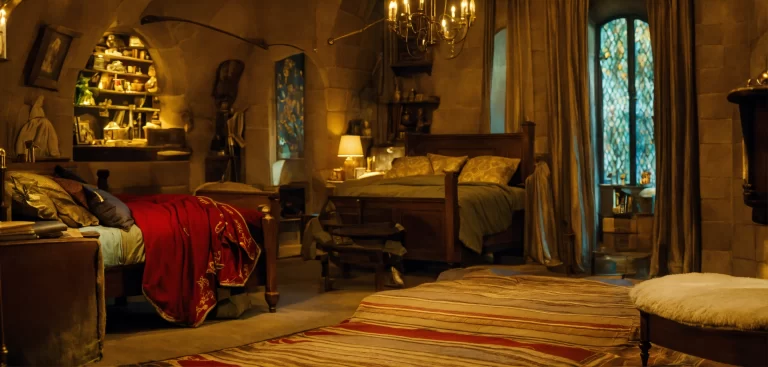How 3D Fabrication is Redefining Interior Design Materials and Processes

3D fabrication is rapidly redefining the materials and processes used in interior design, offering new possibilities for customization, efficiency, and sustainability. The ability to create intricate designs, precise patterns, and unique textures using 3D printing and fabrication methods is revolutionizing how interior designers approach materials. Here’s how this technology is changing the game:
1. Customization at Its Core
One of the key advantages of 3D fabrication is the level of customization it allows. Designers can now create bespoke furniture, wall panels, lighting fixtures, and decorative elements that fit perfectly within a space. Whether it’s a custom chair with intricate detailing or a sculptural installation, 3D fabrication allows designers to push the boundaries of creativity while maintaining precise control over materials and dimensions.
2. Expanding Material Choices
3D fabrication opens up a wide range of material options for interior designers. From biodegradable plastics to metals and even concrete, designers can now experiment with unconventional materials to create innovative designs. 3D printing allows for the use of sustainable materials, like recycled plastic or organic composites, enabling designers to reduce waste and create eco-friendly products without compromising on aesthetics or functionality.
3. Reducing Waste and Improving Efficiency
Traditional manufacturing processes can be wasteful, with excess materials being discarded or recycled. 3D fabrication, however, allows for precise material usage, minimizing waste. The technology builds objects layer by layer, using only the material needed for each piece. This method reduces the environmental impact of production and helps create more sustainable interior design solutions.
4. Complex Geometry and Precision
One of the biggest advantages of 3D fabrication is the ability to produce complex geometric shapes and structures with precision. These capabilities allow designers to create intricate designs that would be nearly impossible to achieve through traditional manufacturing techniques. From intricate patterns on walls to uniquely shaped furniture, 3D fabrication enables a level of precision and complexity that elevates interior design.
5. Faster Prototyping and Production
3D fabrication accelerates the prototyping and production process. Designers can quickly create prototypes of their designs, test them for functionality and aesthetic appeal, and make changes in real-time. This reduces lead times and allows for faster production, making it easier for designers to meet tight deadlines and deliver projects on time.
6. Future of 3D Fabrication in Interior Design
The future of 3D fabrication in interior design is bright. As technology continues to advance, the cost of 3D printing will decrease, making it more accessible to designers and consumers. This could lead to more widespread use of 3D fabrication in both residential and commercial design, offering new possibilities for innovation and customization.
Conclusion
3D fabrication is transforming interior design by allowing for more customized, efficient, and sustainable design processes. With the ability to create complex shapes, experiment with new materials, and reduce waste, 3D fabrication is ushering in a new era of creativity in interior design.






